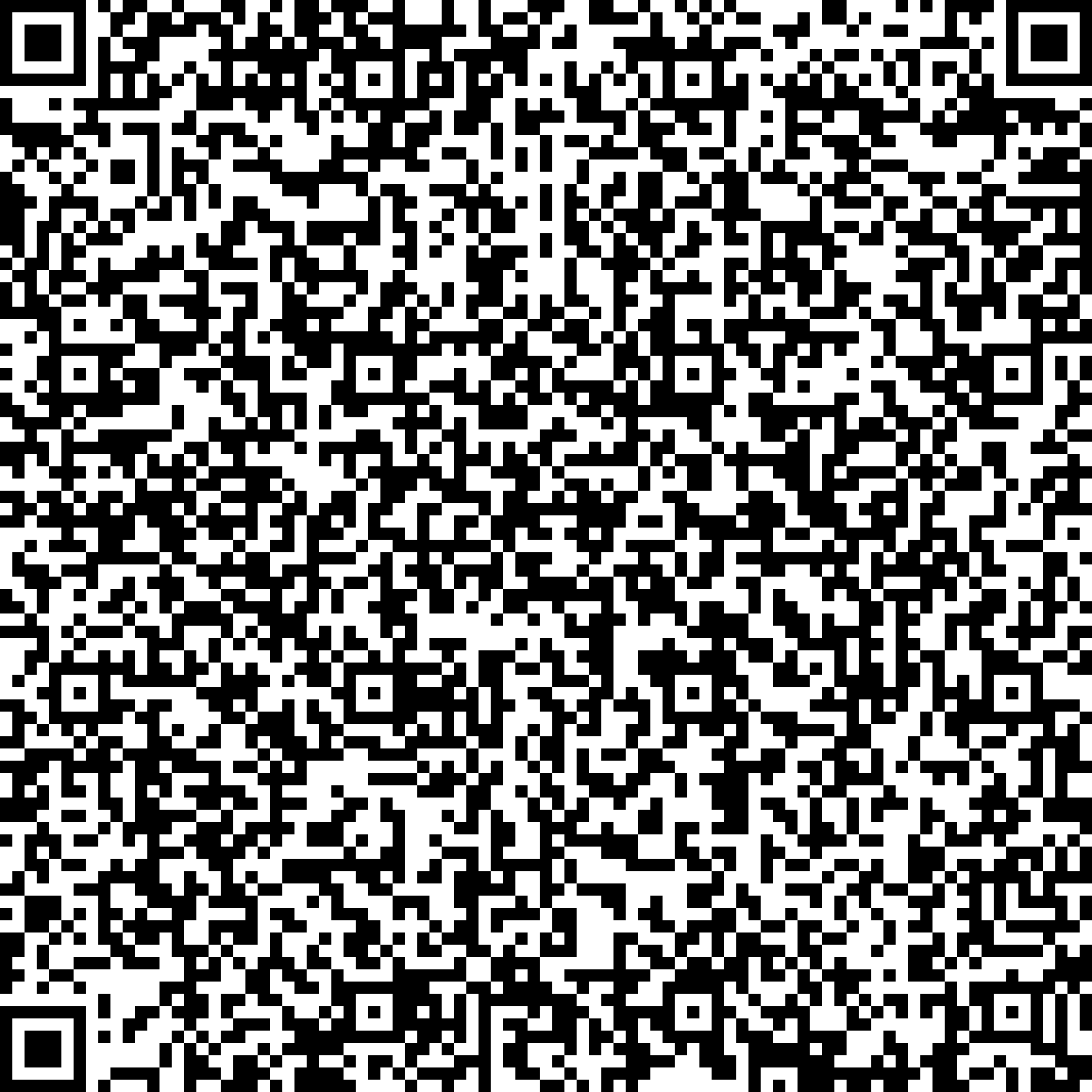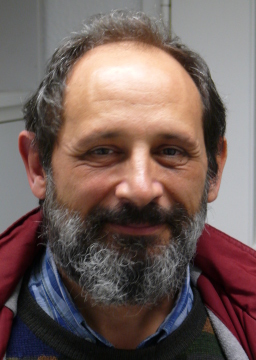


Quantum conductance in molecular and nano systems at low temperatures becomes well understood through the Landauers motto: conductance is a transmittance as calculated from the Schr\ödinger Equation (SE). However, quantum dynamics is inevitably affected by decoherence which, in turn, becomes critical to recover the macroscopic Ohms law. In spite of this, the few works that include these effects still resort to the early developments that describe the steady-state in terms of the DAmato-Pastawski (DP) model. Its basic idea is that because of the electron-phonon and other interactions with an environment, an electron loss its memory of its initial state following a Poisson process with a mean-life described by a Fermi Golden Rule (FGR). After each interaction it initiates a new life. Here, I will show that non-Hermitian Hamiltonians and the Keldysh Greens functions are the natural setting to describe these processes. I describe how Keldysh integral equations become highly simplified for the DP model in a linear response regime consistent with Landauer approach. The observables are evaluated self-consistently in a discrete space and can be readily generalized to time dependent situations in a multi-terminal settings. As illustrations for these equations I discuss 1-D model for the Giant Magnetoresistance (GMR). Starting from a quantum description, we recover the standard two resistor model of the GMR. This is achieved by increasing the decoherence controlled by the mean free path and the spin-flip rate, which are Hamiltonian parameters, and determine the observed transport properties. In a device length scale lower than the mean free path, there are interferences that depend on the domain wall size identified with Rabi oscillations. I also discuss a Resonant Tunneling Device where the e-ph scattering processes are considered, within a Fock space description beyond the FGR approximation. This leads to a simple model, which becomes a Floquet Hamiltonian for a classical vibrational field, with antiresonances and resonances in the Fock-Floquet space that describe a phonon laser (SASER). The inclusion of further decoherence processes, besides smoothing out of the resonances, leads to the degradation of the contrast mainly from the suppression of the antiresonances. In a second part, I will show that non-Hermitian Hamiltonians not only imply a trivial exponential decay of quantum memory but could also induce a Quantum Dynamical Phase Transitions as that observed in a SWAP gate. These can be interpreted in terms of spectral bifurcations (exceptional points) in the solutions of the Schr\ödinger equation, i.e. the complex eigen-energies of the non-Hermitian Hamiltonian. However, quite the dynamical phase transition only shows up in the density described by Keldysh or Lindblad equations, as exceptional points in frequency spectrum, not associated with the energies. I also will explore this situation with a stochastic SE algorithm, the quantum drift (QD), which is a dynamical implementation of the DP model that captures QDPT. As QD involves a single pure wave function that represents the whole thermal ensemble, it is very effective to push the computational limits for decoherent many-body dynamics. Furthermore, by implementing a forward quantum dynamics followed by another one backwards in time and evaluating the Loschmidt Echo, showing that decoherence does not occur uniformly in time but that it is more effective while the state goes through a superposition (entangled) state. This is consistent with our recent experimental findings that the entangled states are more sensitive to the action of local environments than the simple pointer states. Thus, the extreme sensitivity of the SE of a many-body system to even infinitesimal perturbations, ensures the emergence of the Second Law of Thermodynamics.



Quantum conductance in molecular and nano systems at low temperatures becomes well understood through the Landauers motto: conductance is a transmittance as calculated from the Schr\ödinger Equation (SE). However, quantum dynamics is inevitably affected by decoherence which, in turn, becomes critical to recover the macroscopic Ohms law. In spite of this, the few works that include these effects still resort to the early developments that describe the steady-state in terms of the DAmato-Pastawski (DP) model. Its basic idea is that because of the electron-phonon and other interactions with an environment, an electron loss its memory of its initial state following a Poisson process with a mean-life described by a Fermi Golden Rule (FGR). After each interaction it initiates a new life. Here, I will show that non-Hermitian Hamiltonians and the Keldysh Greens functions are the natural setting to describe these processes. I describe how Keldysh integral equations become highly simplified for the DP model in a linear response regime consistent with Landauer approach. The observables are evaluated self-consistently in a discrete space and can be readily generalized to time dependent situations in a multi-terminal settings. As illustrations for these equations I discuss 1-D model for the Giant Magnetoresistance (GMR). Starting from a quantum description, we recover the standard two resistor model of the GMR. This is achieved by increasing the decoherence controlled by the mean free path and the spin-flip rate, which are Hamiltonian parameters, and determine the observed transport properties. In a device length scale lower than the mean free path, there are interferences that depend on the domain wall size identified with Rabi oscillations. I also discuss a Resonant Tunneling Device where the e-ph scattering processes are considered, within a Fock space description beyond the FGR approximation. This leads to a simple model, which becomes a Floquet Hamiltonian for a classical vibrational field, with antiresonances and resonances in the Fock-Floquet space that describe a phonon laser (SASER). The inclusion of further decoherence processes, besides smoothing out of the resonances, leads to the degradation of the contrast mainly from the suppression of the antiresonances. In a second part, I will show that non-Hermitian Hamiltonians not only imply a trivial exponential decay of quantum memory but could also induce a Quantum Dynamical Phase Transitions as that observed in a SWAP gate. These can be interpreted in terms of spectral bifurcations (exceptional points) in the solutions of the Schr\ödinger equation, i.e. the complex eigen-energies of the non-Hermitian Hamiltonian. However, quite the dynamical phase transition only shows up in the density described by Keldysh or Lindblad equations, as exceptional points in frequency spectrum, not associated with the energies. I also will explore this situation with a stochastic SE algorithm, the quantum drift (QD), which is a dynamical implementation of the DP model that captures QDPT. As QD involves a single pure wave function that represents the whole thermal ensemble, it is very effective to push the computational limits for decoherent many-body dynamics. Furthermore, by implementing a forward quantum dynamics followed by another one backwards in time and evaluating the Loschmidt Echo, showing that decoherence does not occur uniformly in time but that it is more effective while the state goes through a superposition (entangled) state. This is consistent with our recent experimental findings that the entangled states are more sensitive to the action of local environments than the simple pointer states. Thus, the extreme sensitivity of the SE of a many-body system to even infinitesimal perturbations, ensures the emergence of the Second Law of Thermodynamics.